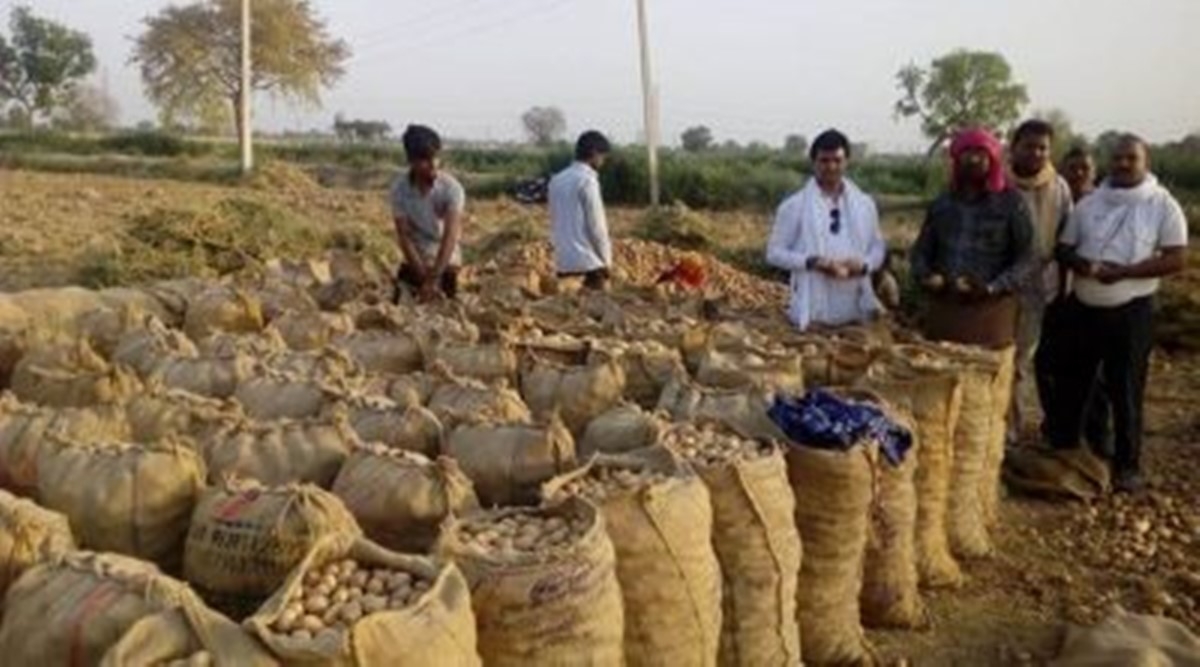 The area covered by foodgrains such as rice, wheat, jowar and bajra in 2019-20 was 41.19 lakh hectares, while this year the acreage fell to 40 lakh hectares (File)
The area covered by foodgrains such as rice, wheat, jowar and bajra in 2019-20 was 41.19 lakh hectares, while this year the acreage fell to 40 lakh hectares (File) During the current financial year, it is estimated that the foodgrain production in Gujarat will fall by five per cent to 88.38 lakh tonnes, the Socio-Economic Review released by the Gujarat government for the year 2020-21 stated. As per the fourth advance estimates, during 2019-20, the production of foodgrains was 93.28 lakh tonnes. However during the year 2020-21, the production of foodgrains is estimated to drop by 4.9 lakh tonnes.
The drop in production in 2020-21 is largely attributed to decline in sowing compared to last year. The area covered by foodgrains such as rice, wheat, jowar and bajra in 2019-20 was 41.19 lakh hectares, while this year the acreage fell to 40 lakh hectares.
“A large number of farmers are moving to horticulture. This is largely because horticulture needs lesser labour than traditional crops and secondly, the number of absentee farmers who just own the land and employ agricultural labourers for farming is in the rise,” said Sagar Rabari, head of Khedut Ekta Manch, a body of farmers.
According to the survey, the production of oil seeds is also expected to fall this year, despite an increase in the area sown. “The production of oil seeds during 2019-20 was 66.64 lakh tonnes, while it is estimated to fall to 59.47 lakh tonnes in 2020-21,” states the survey.This dip in production is happening despite more area been sown this year. For instance, compared to 28.69 lakh hectares of area where oil seeds were sown last year, this year it is 32.2 lakh hectares.
“This is largely because of the unseasonal rainfall witnessed during 2020 where crops like groundnut were damaged and their yield adversely impacted,” Rabari added.